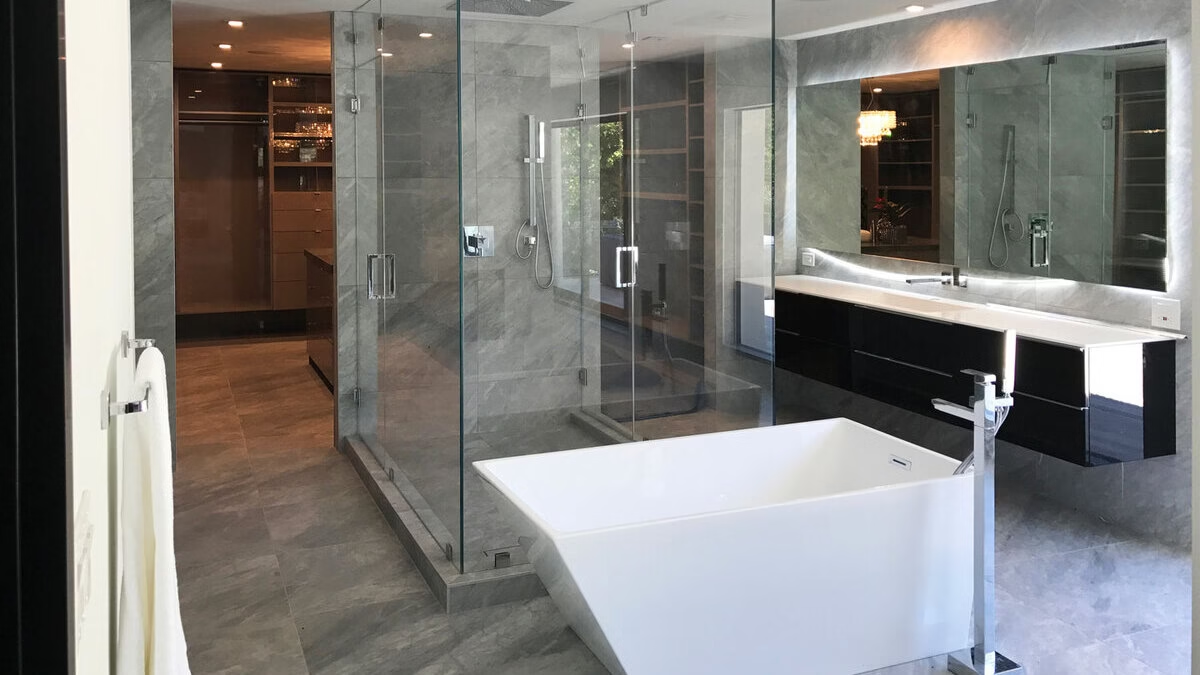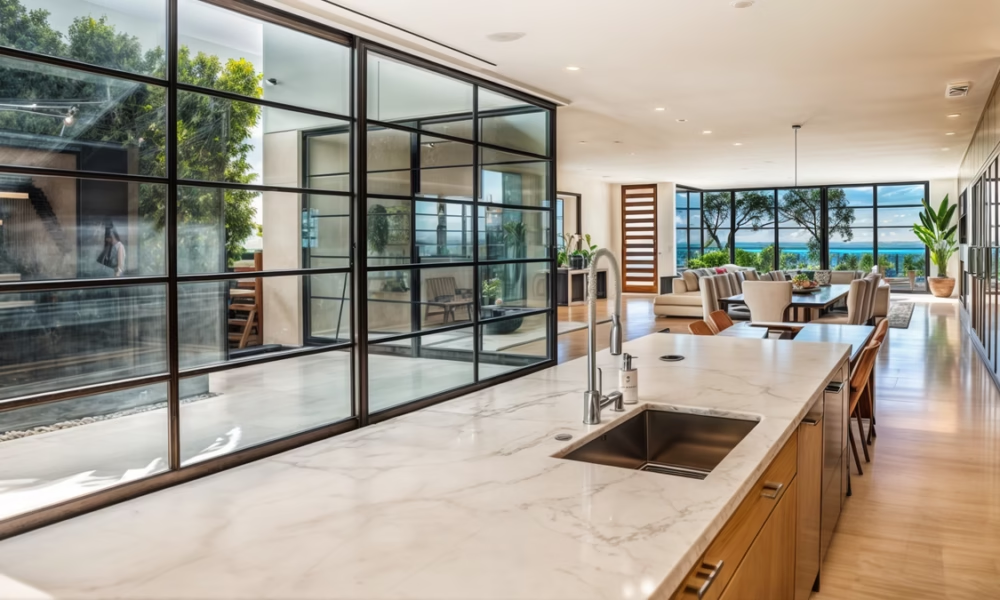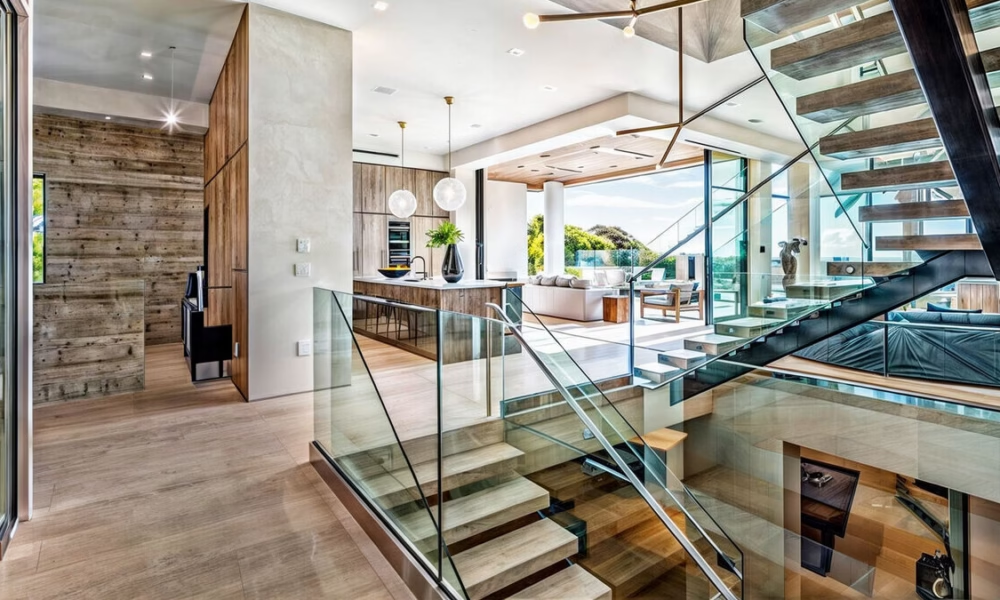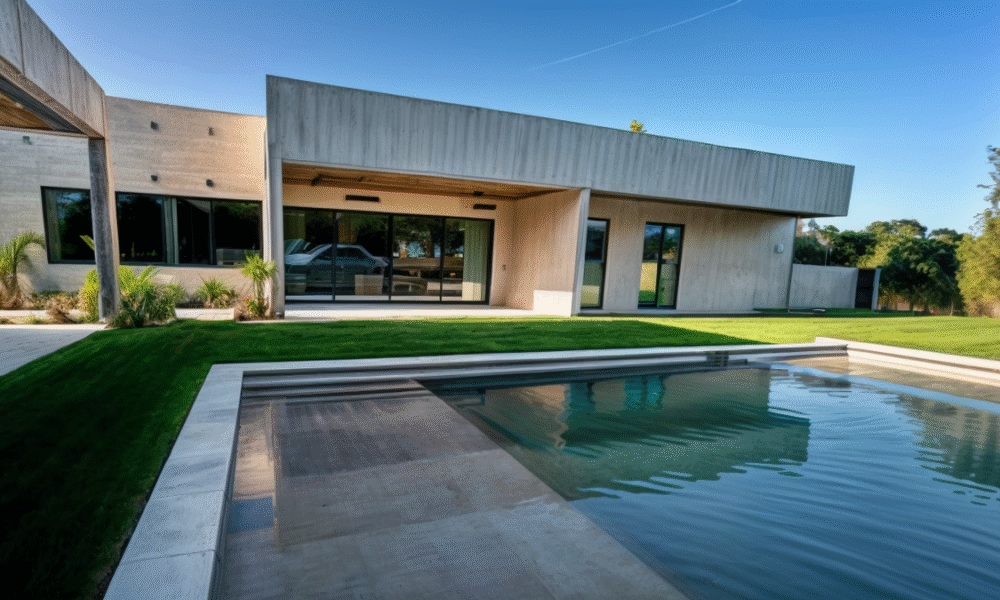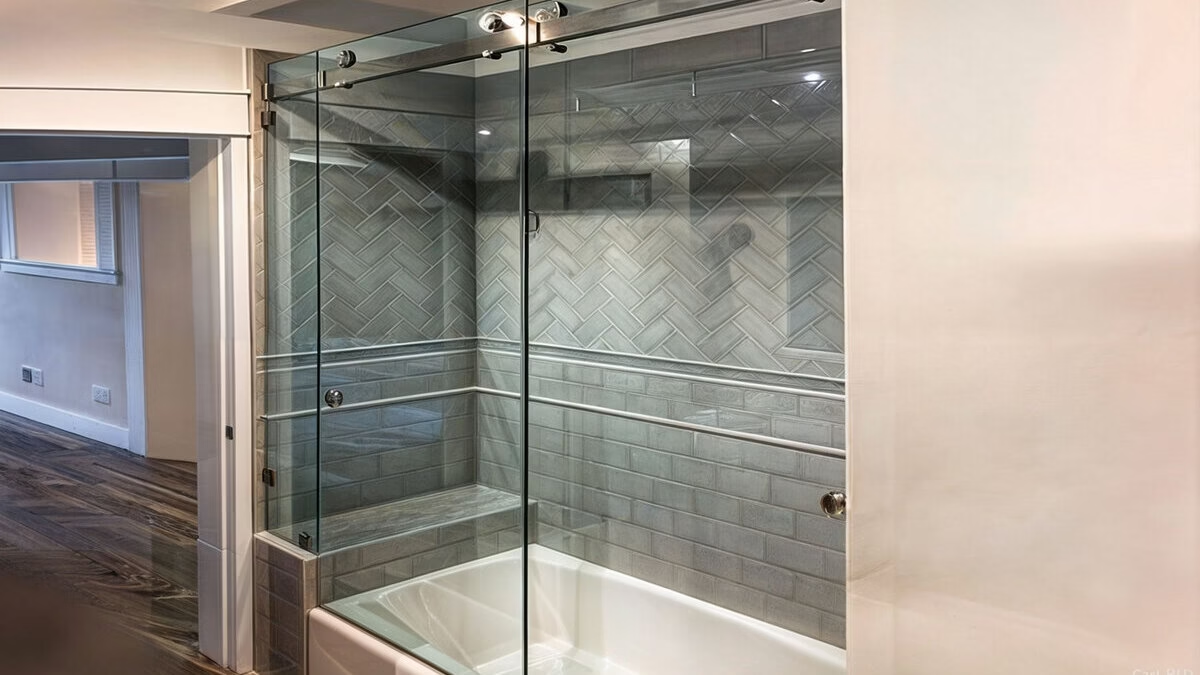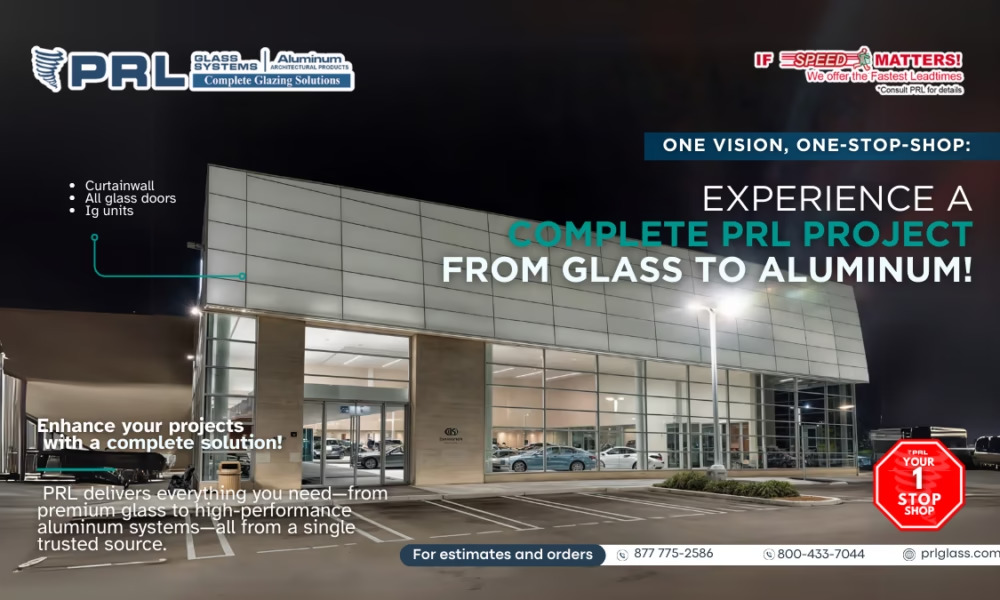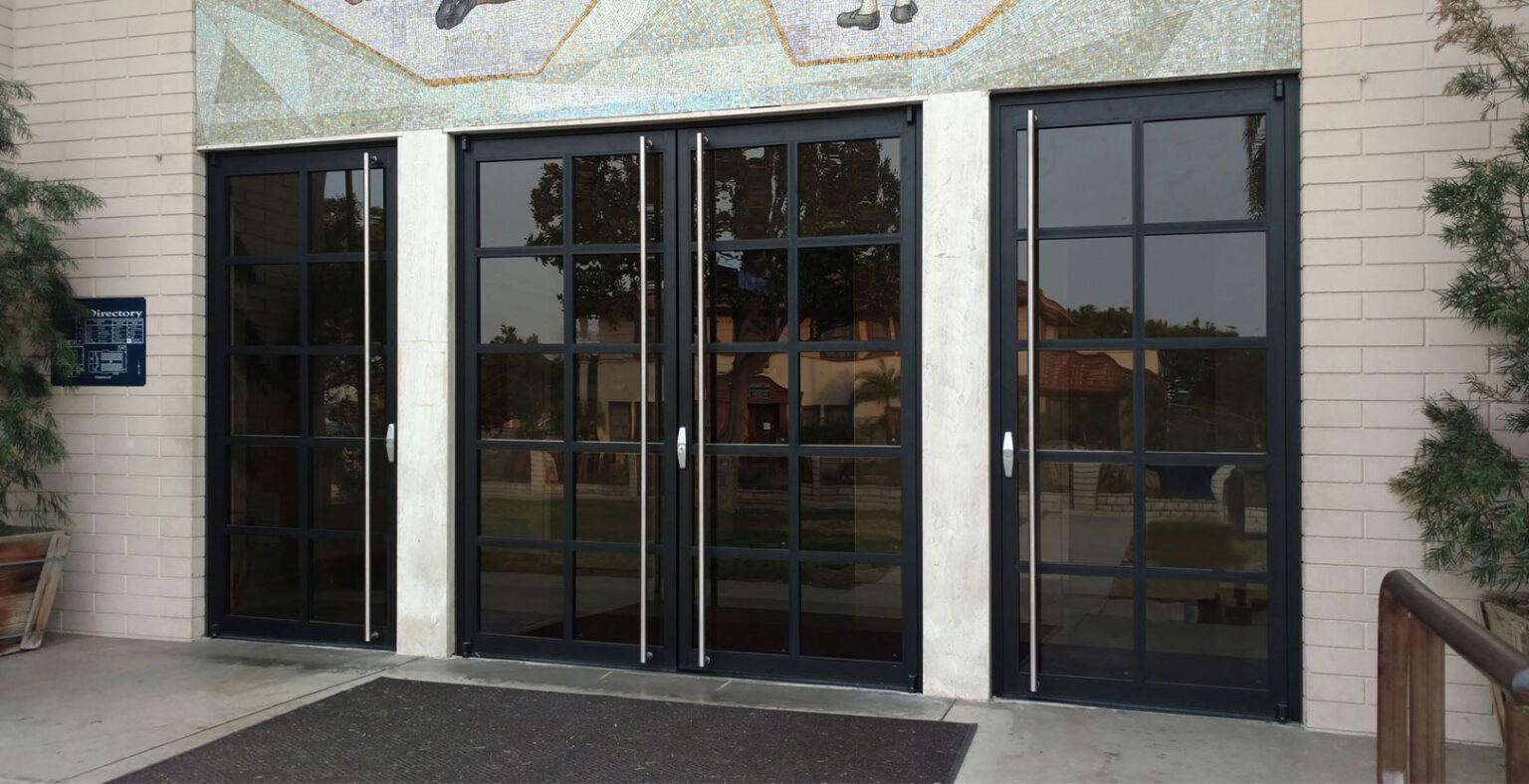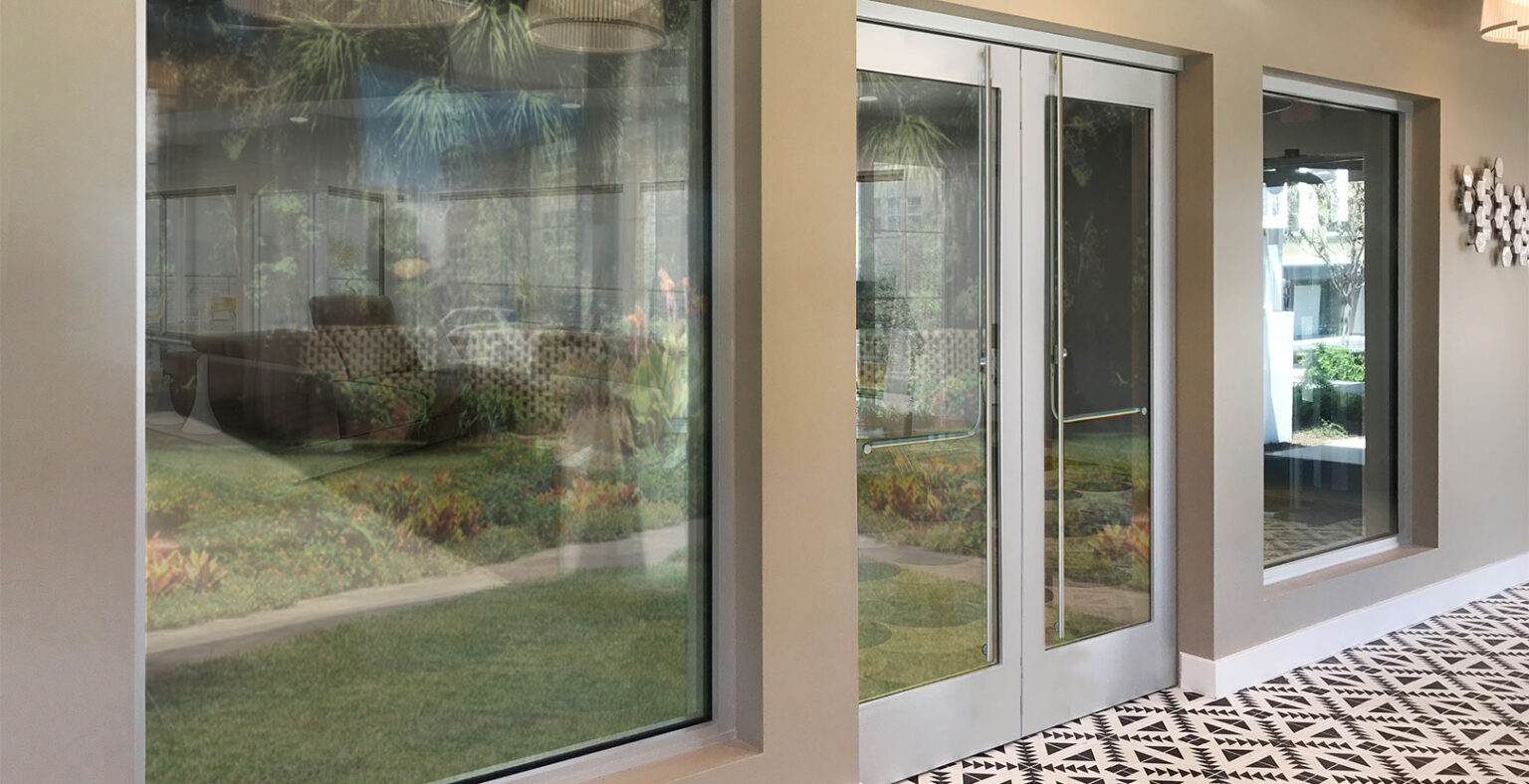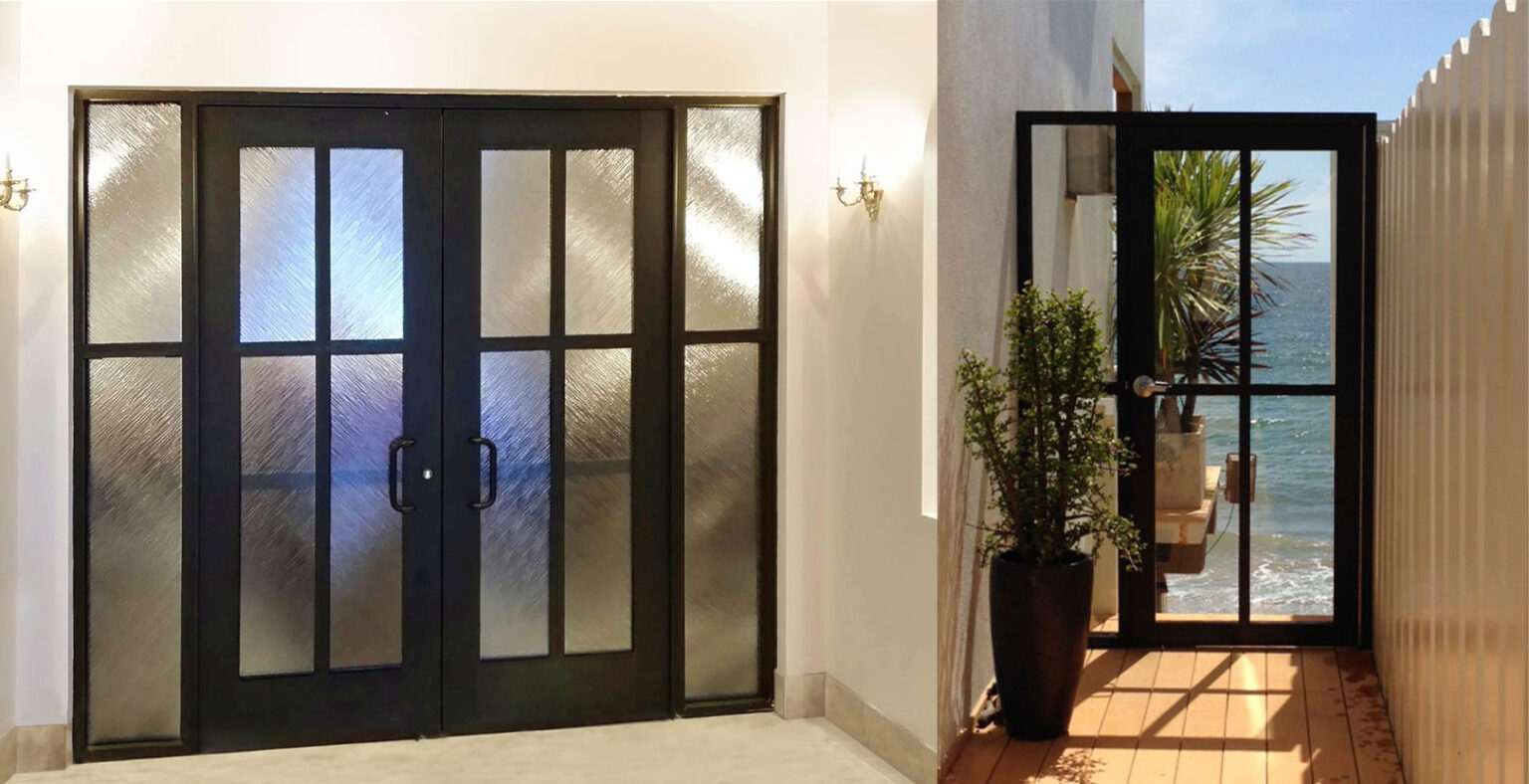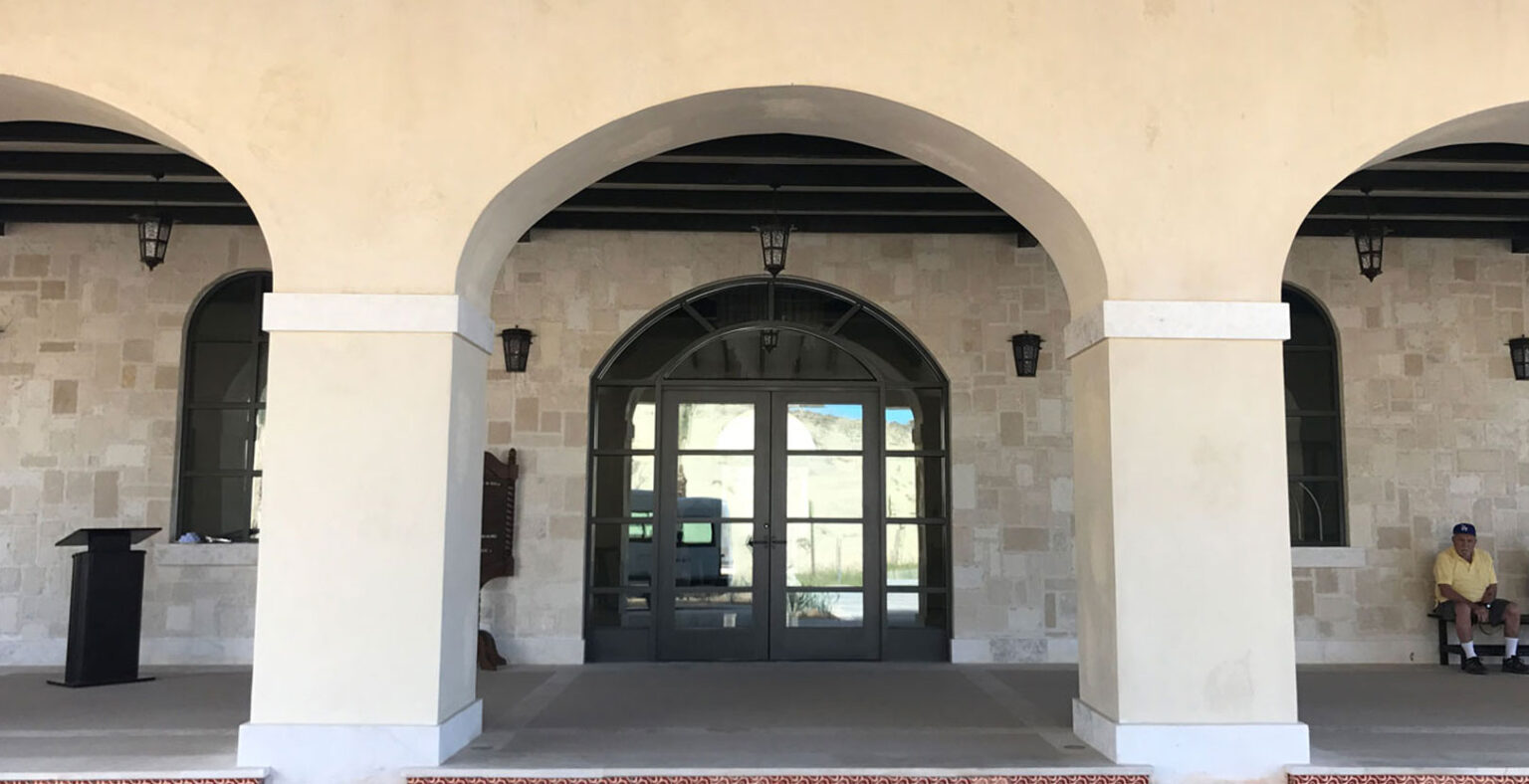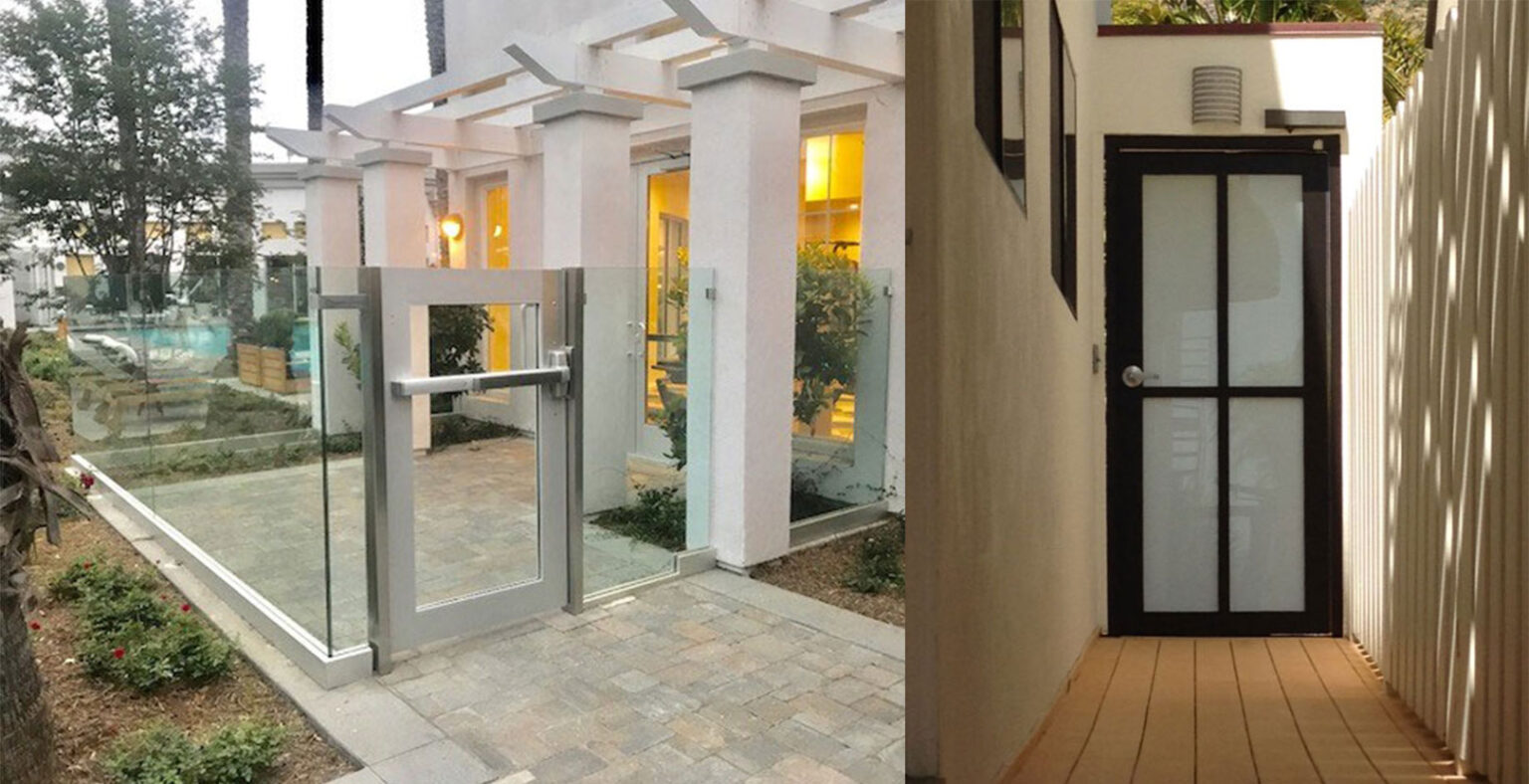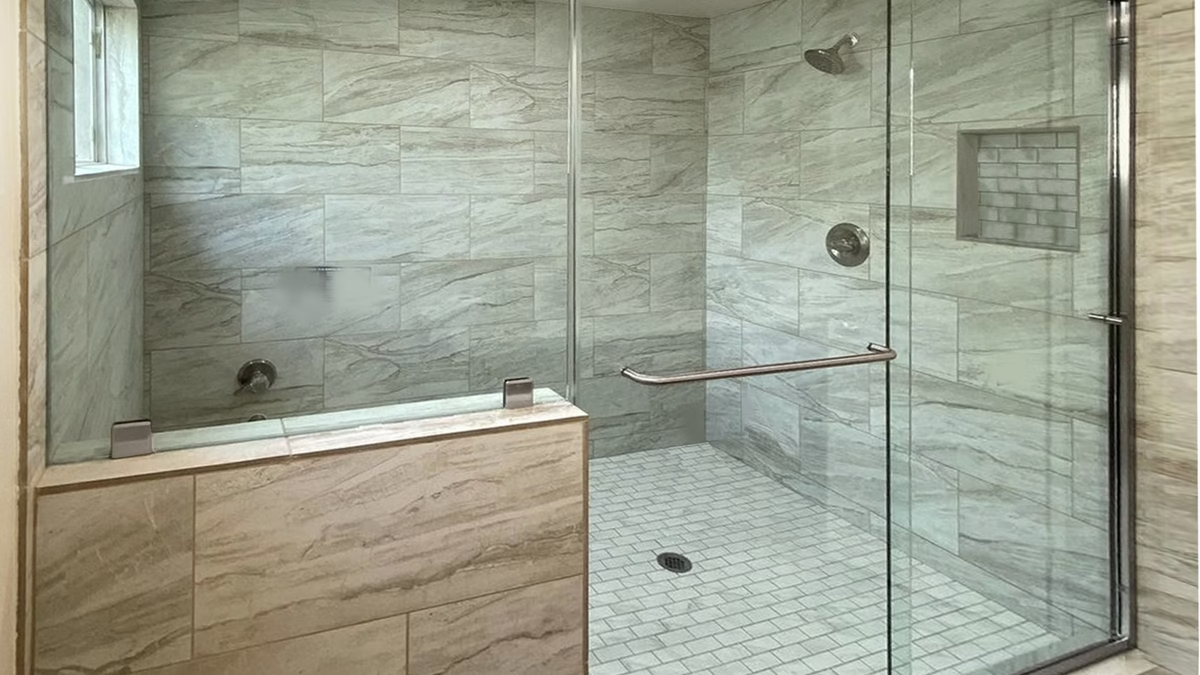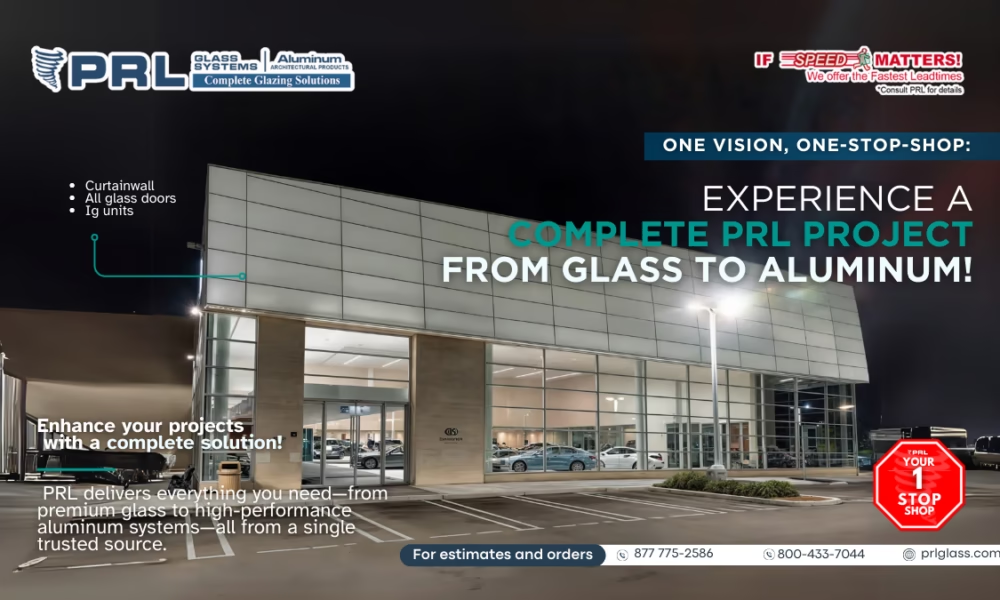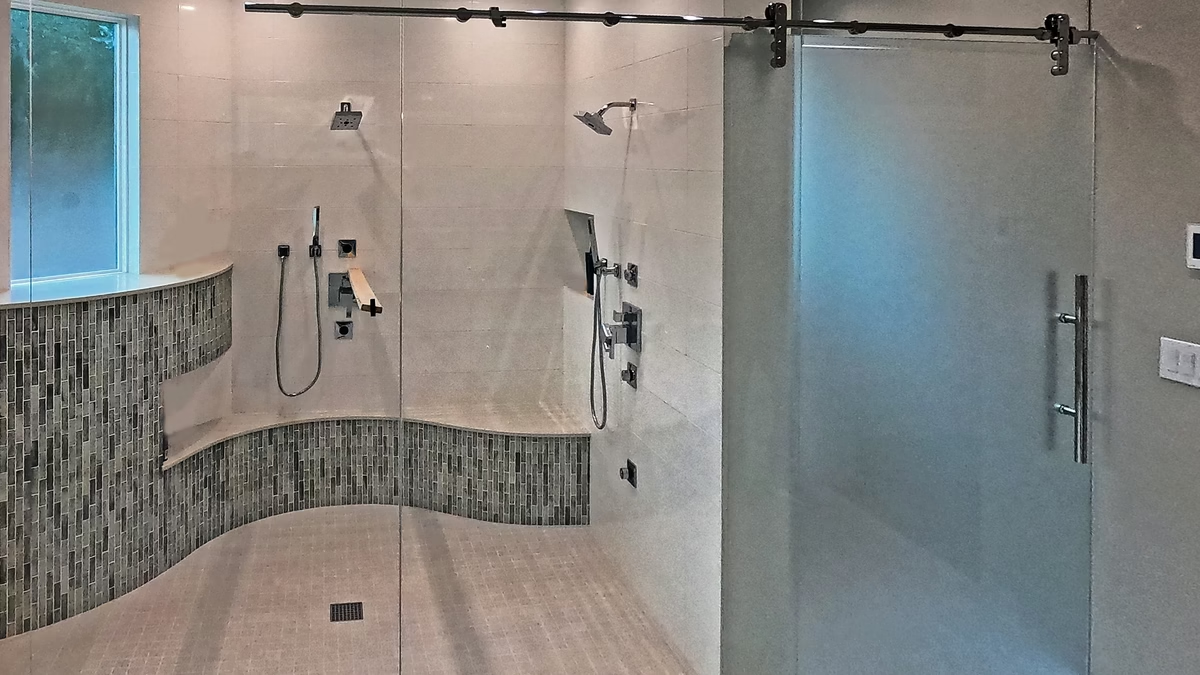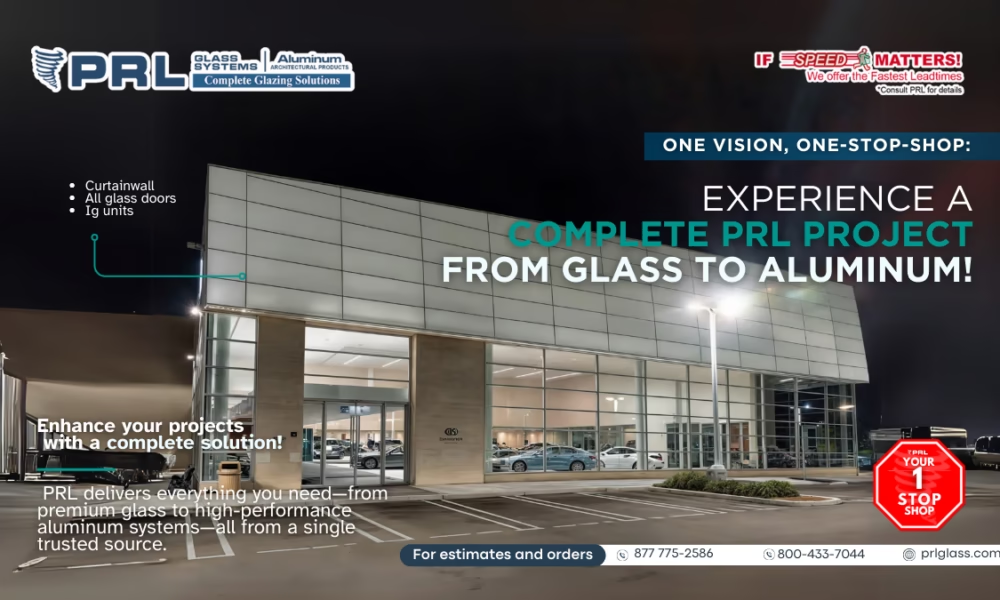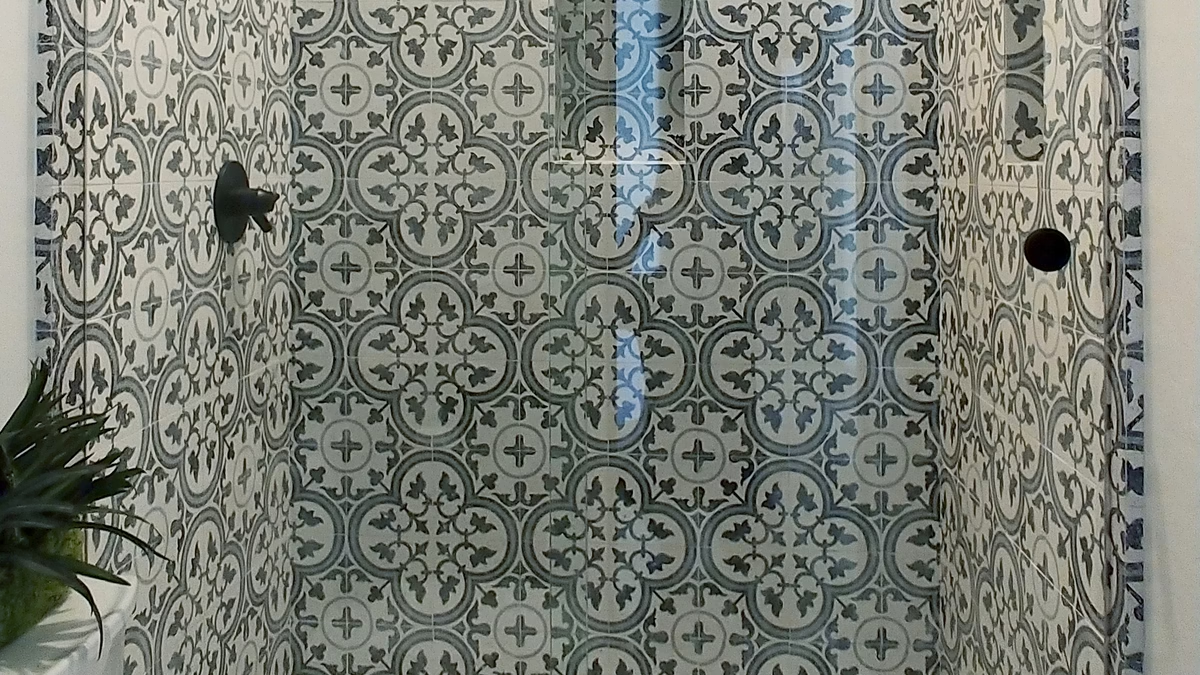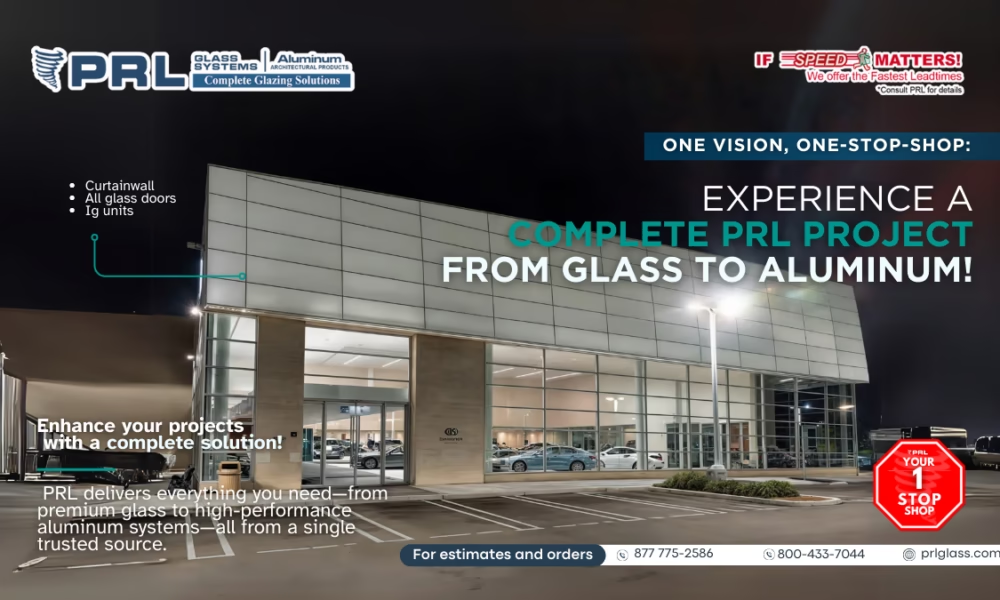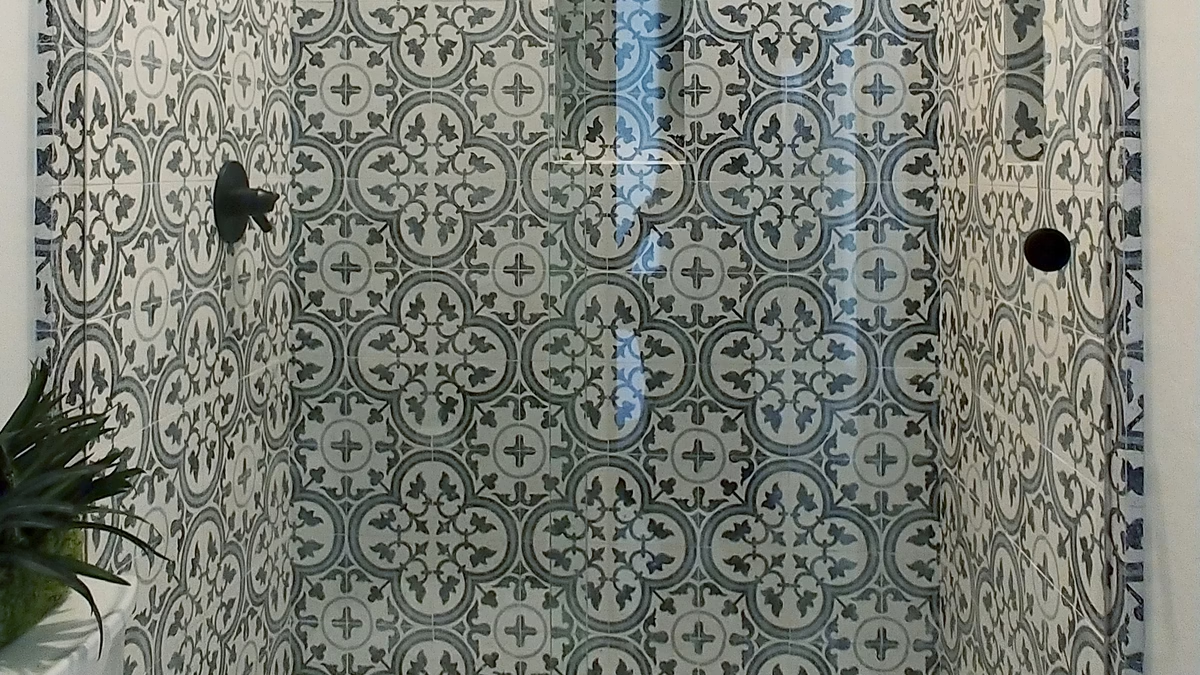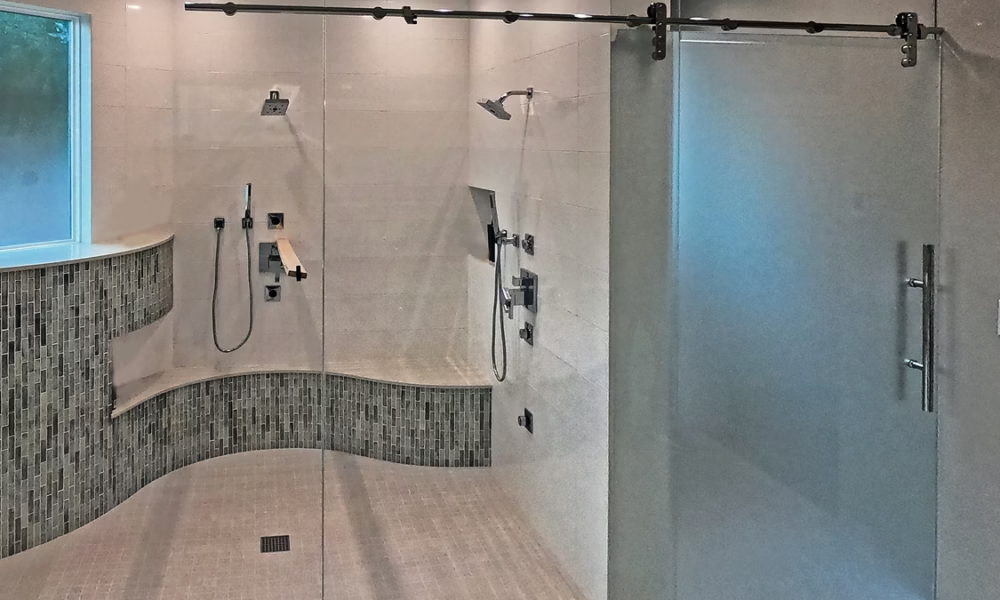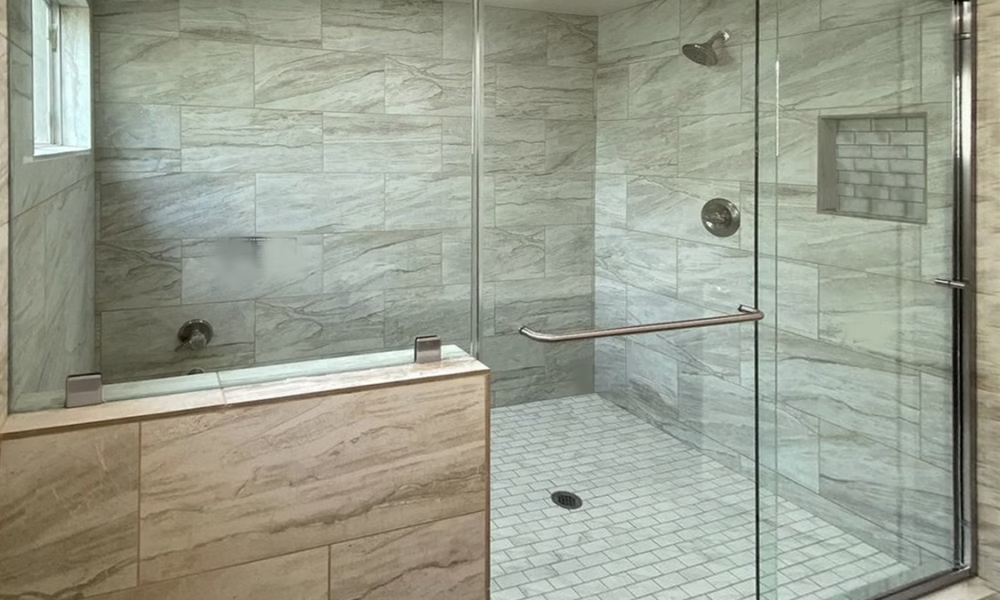-
Oct, Fri, 2025
How to Install a Shower Door: Safety and Area Preparation
Installing a shower door requires technical precision, knowledge of materials, and careful attention to detail. While some people attempt to do it themselves, an improper installation can lead to leaks, structural damage, or even serious accidents involving the glass.
Before setting profiles or handling the panels, the most important step is to prepare the workspace and ensure safe conditions. Proper preparation not only makes the installation easier but also guarantees a cleaner and more durable finish.
- You may also be interested in reading: Frameless Shower Doors vs. Framed: Which Elevates a Premium Bathroom Design?
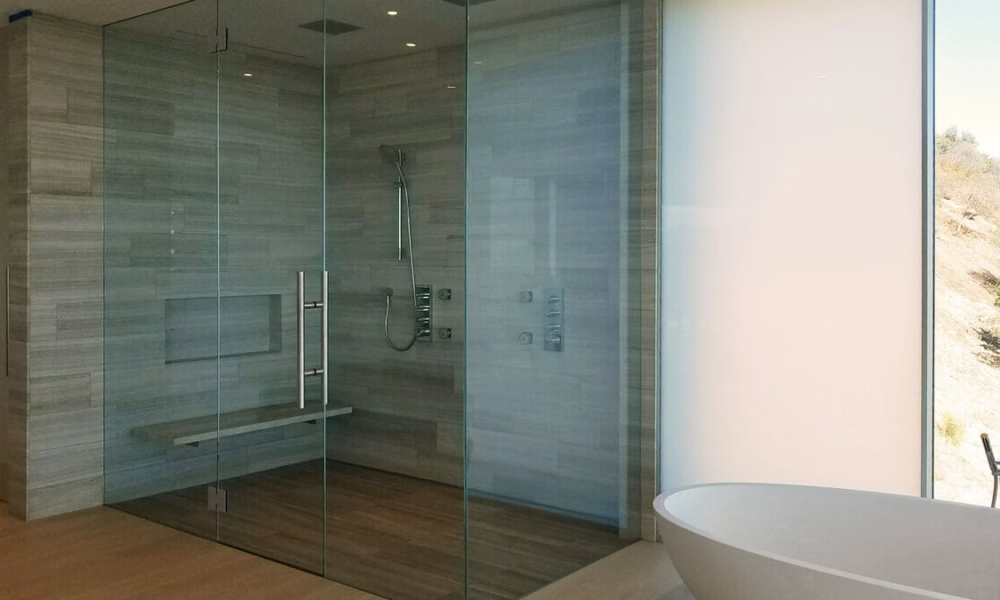
Before You Start: Safety and Area Preparation
It’s common to see stores selling pre-assembled glass shower door kits that promise same-day installation with just a few tools. On paper, this might look simple, but when working with materials like glass or aluminum, improper handling can become dangerous for you or your family.
That’s why having an expert prepare the area is crucial to avoid serious safety issues.
- Wear Proper Personal Protective Equipment (PPE): Cut-resistant gloves, safety goggles, and closed-toe shoes are essential. Tempered glass is highly durable, but its edges can fracture under excessive pressure or impact.
- Clear the Work Area: Remove rugs, towels, and any objects that could block your movement or cause tripping. Cover the floor with thick cardboard or a padded drop cloth to prevent scratches or impact damage.
- Check Measurements and Leveling: Measure the opening at three points (top, middle, and bottom) and ensure the walls and floor are perfectly level. Even a small deviation can cause door misalignment or water leaks.
- Shut Off the Water Supply and Dry the Area: If you’re replacing an existing shower door, make sure the area is completely dry. Working on wet surfaces increases the risk of slipping and reduces the adhesion of sealants.
Before starting, identify the type of surface — tile, marble, or natural stone — to select the proper anchors and sealants. Certain materials require specific tools or fasteners to prevent cracks or detachment.
What Tools Are Needed to Install a Shower Door?
Having the right tools is essential to ensure a safe, precise, and professional installation. Although each shower door model may require specific parts or accessories, there is a basic toolkit that every professional relies on before beginning the assembly process.
Basic Tools
- Electric drill with tile or marble drill bits: used to create mounting holes without damaging the wall surface.
- Laser or bubble level: indispensable for ensuring that profiles and tracks are perfectly aligned.
- Measuring tape and marking pencil: help take accurate measurements and prevent alignment errors during installation.
- Flathead and Phillips screwdrivers: necessary for adjusting screws, stoppers, and hardware components.
- Allen keys: used for rollers, hinges, or top caps, depending on the shower door model.
- Plastic spatula or pry bar: allows you to remove old parts or sealant without damaging the finish.
- Rubber mallet: helps to gently position components without striking the glass or frame directly.
Additional Materials
- Bathroom-grade silicone sealant: should be mold- and moisture-resistant.
- New gaskets or weatherstripping: if you’re replacing a door, it’s best to install new seals to prevent leaks.
- Safety gear: gloves, goggles, and protective footwear are essential throughout the process.
- Masking tape or protective tape: useful for marking drilling points and protecting the edges of the glass.
Never use metal tools directly against tempered glass. If you need to apply pressure or leverage, use rubber or plastic protectors to prevent scratches or accidental fractures.
Step-by-Step: How to Install a Shower Door
Installing a shower door requires precision, patience, and technical expertise. Below are the general steps professionals follow to ensure a safe and long-lasting installation.
- Area Inspection and Initial Leveling
- Before installing any component, make sure the area is completely clean, dry, and level.
- Use a laser or bubble level to verify that the walls are plumb and the floor is even.
- An uneven surface can cause leaks or improper sliding of the glass panel.
- Marking and Drilling Anchor Points
- Mark precisely where the profiles or hinges will be placed.
- Apply masking tape over the tile before drilling to prevent cracking.
- Use drill bits designed for ceramic, marble, or stone surfaces, and avoid applying excessive pressure.
- Installing the Frame or Bottom Track (Depending on Door Type)
- For framed systems, secure the bottom frame first, followed by the vertical sides.
- For frameless or sliding systems, install the lower guide or track, ensuring perfect alignment with the level.
- Apply a bead of silicone before setting the profile to achieve a watertight seal.
- Placing the Glass and Adjusting Hardware
- Carefully lift the glass panels with assistance—never do it alone.
- Position the glass within the profiles or brackets, ensuring it fits without forcing it.
- Gradually tighten screws, hinges, or rollers until the panel is firm and properly centered.
- Final Sealing and Motion Testing
- Apply silicone sealant along the joints between the glass and wall.
- Allow it to cure for the time recommended by the manufacturer (usually 24 hours) before using the shower.
- Open and close the door several times to confirm that it moves smoothly—without friction, vibration, or misalignment.
Pro Tip: If you hear noise, feel uneven movement, or notice the glass isn’t properly aligned during installation, stop immediately and recheck the leveling. A small mistake at this stage can affect the entire system’s performance.
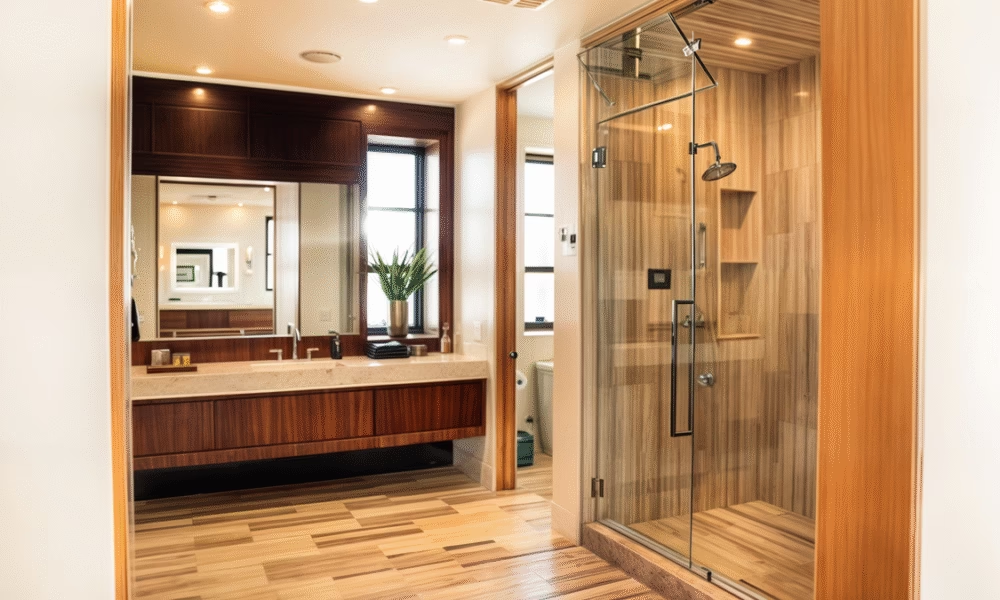
How to Keep Your Shower Door Looking Like New: The Art of Proper Maintenance
Once your shower door is installed, preventive maintenance becomes essential to ensure smooth operation and extend its lifespan. Although tempered glass and high-quality hardware are built for durability, consistent care prevents leaks, wear, and buildup of mineral deposits over time.
Here are the professional maintenance tips every homeowner or installer should follow:
- Weekly Glass Cleaning
- Use neutral or glass-specific cleaners.
- Avoid products with chlorine, ammonia, or abrasives that could dull the glass or damage the seals.
- After each shower, dry the glass with a rubber squeegee or microfiber cloth to prevent water spots or limescale buildup.
- Periodic Hardware Inspection
- Every three to six months, check that hinges, rollers, and stoppers remain secure.
- Tighten loose screws and apply silicone-based lubricant if necessary.
- Never use grease or industrial oils, as they can attract dust and damage the finish.
- Replacement of Worn Seals
- Silicone gaskets and seals naturally lose elasticity over time.
- If you notice leaks or mold buildup, replace them to maintain proper waterproofing and insulation.
- Checking the Door’s Movement
- Open and close the door several times each month to ensure the sliding or swinging motion remains smooth and silent.
- If you notice friction, noise, or uneven movement, stop using the door and call a qualified technician for inspection.
Installing a shower door not only enhances your bathroom’s design, it also increases its functionality and long-term value. However, to achieve lasting results, professional installation and proper maintenance are absolutely essential.
Modern shower doors are engineered to deliver a safe, stylish, and efficient experience, but only when they are precisely installed and properly maintained. Even a small leveling error, a loose hinge, or an improperly sealed joint can affect performance and shorten the system’s lifespan.
If you’re planning to install or replace your shower door, make sure to work with specialists who provide full service, from measurement and technical consultation to final installation, and who use certified tempered glass and high-strength hardware.
👉 PRL offers custom shower door systems with certified tempered glass, premium hardware, and industry-leading delivery times across the U.S. Contact us for professional guidance and discover how to achieve a safe, modern, and long-lasting installation.



